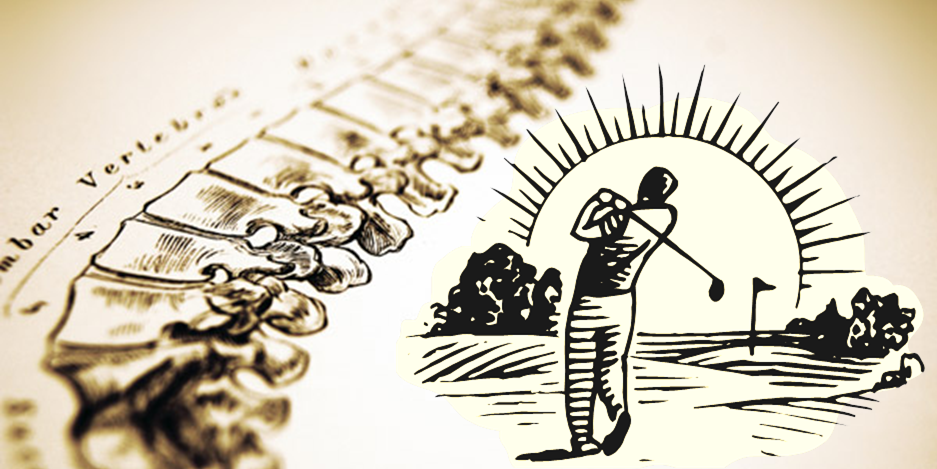
The Truth About Sunscreen

While we know that sunscreens prevent sunburns, beyond that simple fact surprisingly little is known about their safety and efficacy. The letters SPF mean “sun protection factor” and refer only to protection against UVB radiation, which burns the skin. It has nothing to do with UVA radiation that penetrates deep into the skin, accelerates skin aging and may cause skin cancer.
It’s also important to note that no SPF (not even 100 SPF) offers 100 percent protection. The difference in UVB protection between an SPF 100 and SPF 50 is marginal (SPF 100 blocks 99 percent of UVB rays, while SPF 50 blocks 98 percent). A sunscreen’s SPF number is calculated by comparing the time needed for a person to burn unprotected with how long it takes for that person to burn wearing sunscreen. So a person who turns red after 20 minutes of unprotected sun exposure is theoretically protected 15 times longer if they adequately apply SPF 15.
So, what’s the problem with sunscreen? As a society we have been taught to avoid the sun -which helps our bodies naturally produce Vitamin D- and instead put chemical laden lotions on in hopes of reducing one type of cancer (skin) that is not commonly fatal. As a result, Americans are now vitamin D deficient which can lead to a multitude of health problems. Continue reading “The Truth About Sunscreen”
Improve Your Golf Game with Chiropractic

Every spring and summer, patients are wondering how they can improve their golf game for the season. One word…Chiropractic. Golfers, by the nature of the game, develop asymmetrical conditions and therefore can benefit from chiropractic care. Such care can specifically help to restore balance and lay the foundation for high-level athletic performance.
Regular chiropractic adjustments can improve your game on many levels. The repetitive nature of the swing makes it critical that the muscles are at ease and the joints of the spine can be moving smoothly. Yes, eliminating low back pain helps the golf game, for sure, but improved bio-mechanical function of the body takes the game to the next level and helps shave strokes off your score.
Professional and amateur golfers turn to chiropractic care as one of the best strategies for maintaining health on and off the course and achieving the best possible performance. Household names including Tiger Woods, David Duval, and Padraig Harrington are just a few of the professional golfers who rely upon chiropractors. Lets find out why. Continue reading “Improve Your Golf Game with Chiropractic”
Why You Want a Strong Core

Your core – the muscles around your abdomen and pelvis – is a pivotal area of the body to keep in shape. Why? Because the core is a key player in whole-body health, pure and simple. Think of your core muscles as the sturdy central link in a chain connecting your upper and lower body.
When you become more sedentary, you inherently become less flexible. Your muscles shorten and become weak from inactivity, making you prone to injury. In addition, weak or inflexible core muscles can impair how well your arms and legs function (remember it’s your central link). This will in turn drain power from many of the moves you make. Properly building up your core makes all of your daily movements easier. A strong core also enhances balance and stability. Thus, it can help prevent falls and injuries during sports or other activities. In fact, a strong, flexible core underpins almost everything you do: Continue reading “Why You Want a Strong Core”
Breastfeeding Is ‘Health, Not Lifestyle’ Choice
 New guidelines from the American Academy of Pediatrics presented in the March 2012 issue of the journal Pediatrics say that every infant should begin life with six months of exclusive breastfeeding, followed by a minimum of another six months with other foods being gradually added to the child’s diet.
New guidelines from the American Academy of Pediatrics presented in the March 2012 issue of the journal Pediatrics say that every infant should begin life with six months of exclusive breastfeeding, followed by a minimum of another six months with other foods being gradually added to the child’s diet.
“Recently, published evidence-based studies have confirmed and quantitated the risks of not breastfeeding,” the authors stated.
“Thus, infant feeding should not be considered as a lifestyle choice, but rather as a basic health issue. As such, the pediatrician’s role in advocating and supporting proper breastfeeding practices is essential and vital for the achievement of this preferred public health goal.”
Estimates have suggested that more than 900 infant deaths per year in the United States could be prevented if 90% of mothers breastfeed exclusively for six months, the authors wrote. Other positive outcomes linked to breastfeeding include: Continue reading “Breastfeeding Is ‘Health, Not Lifestyle’ Choice”

